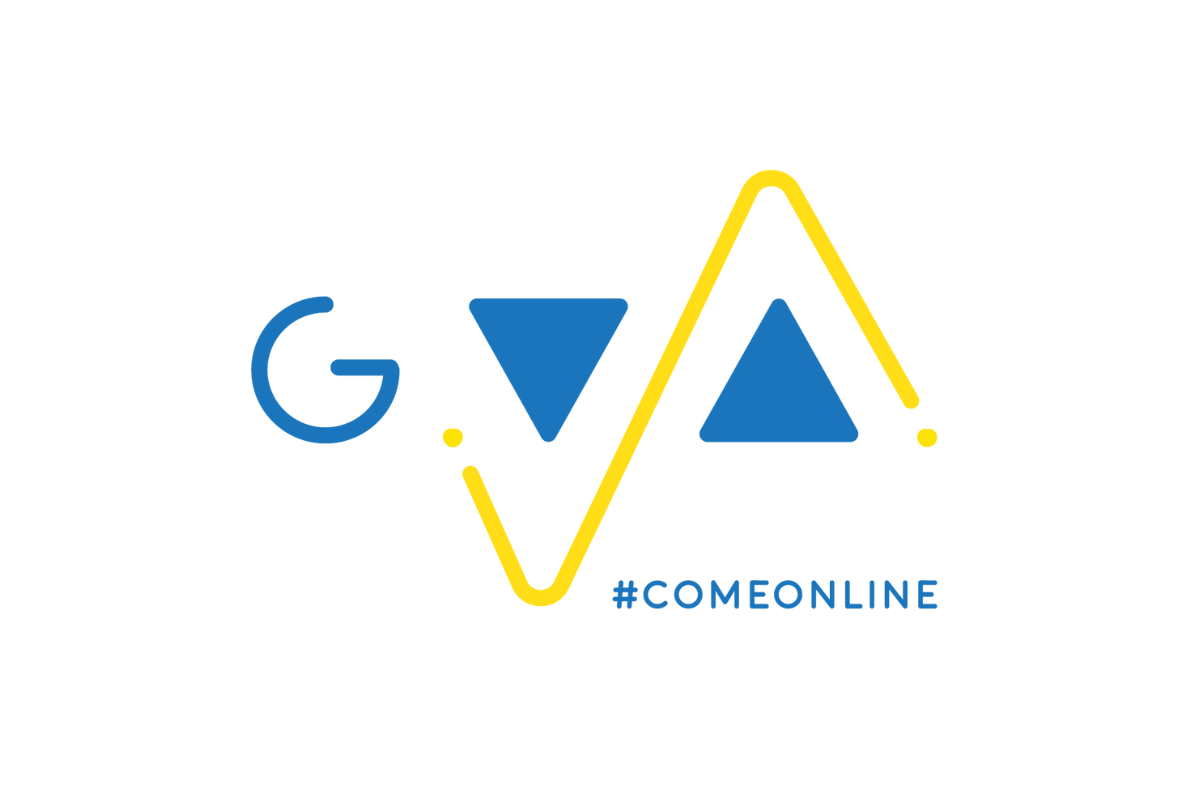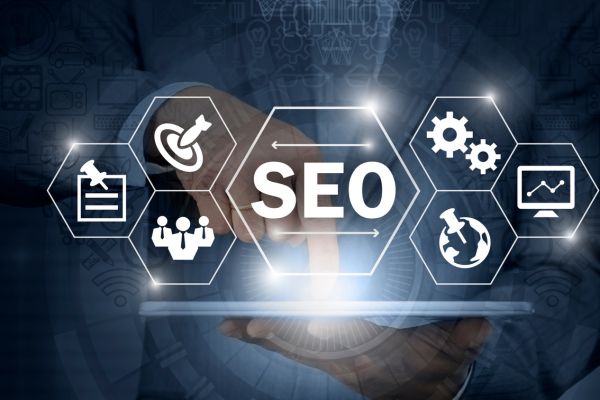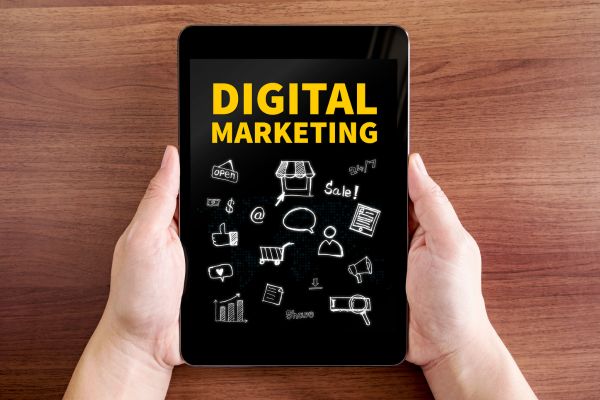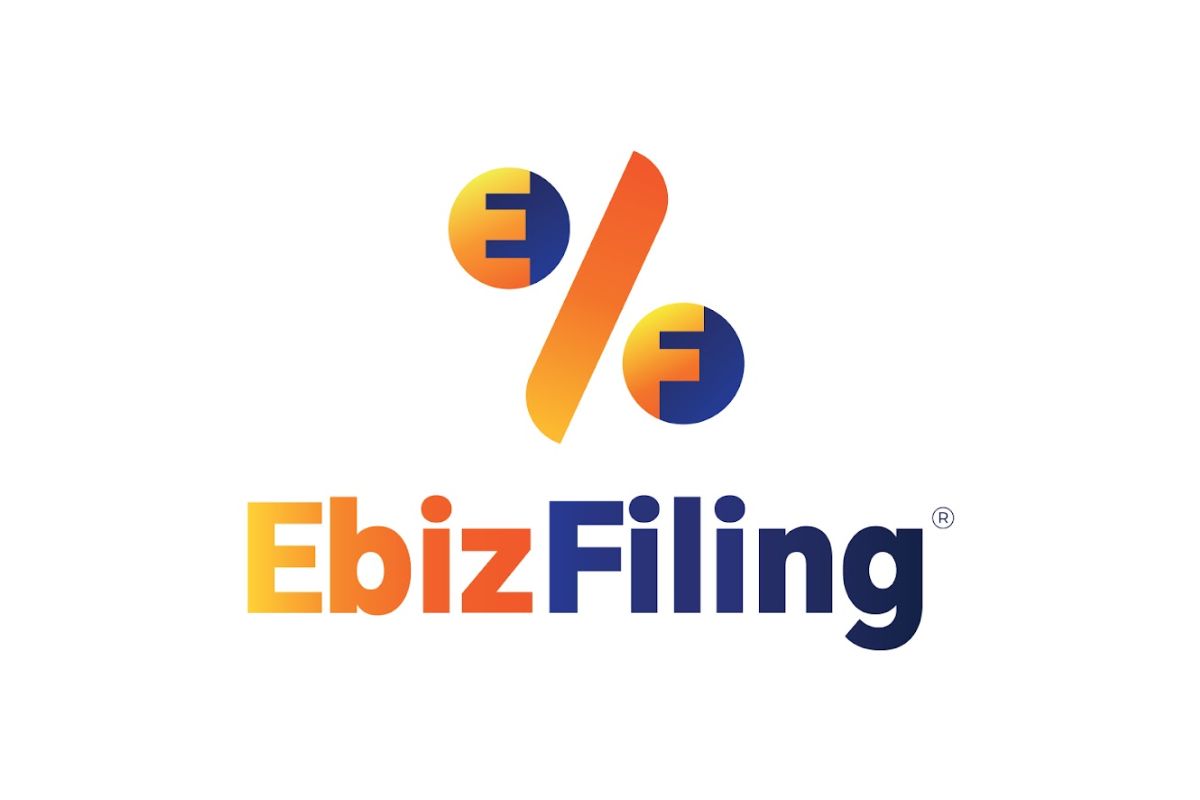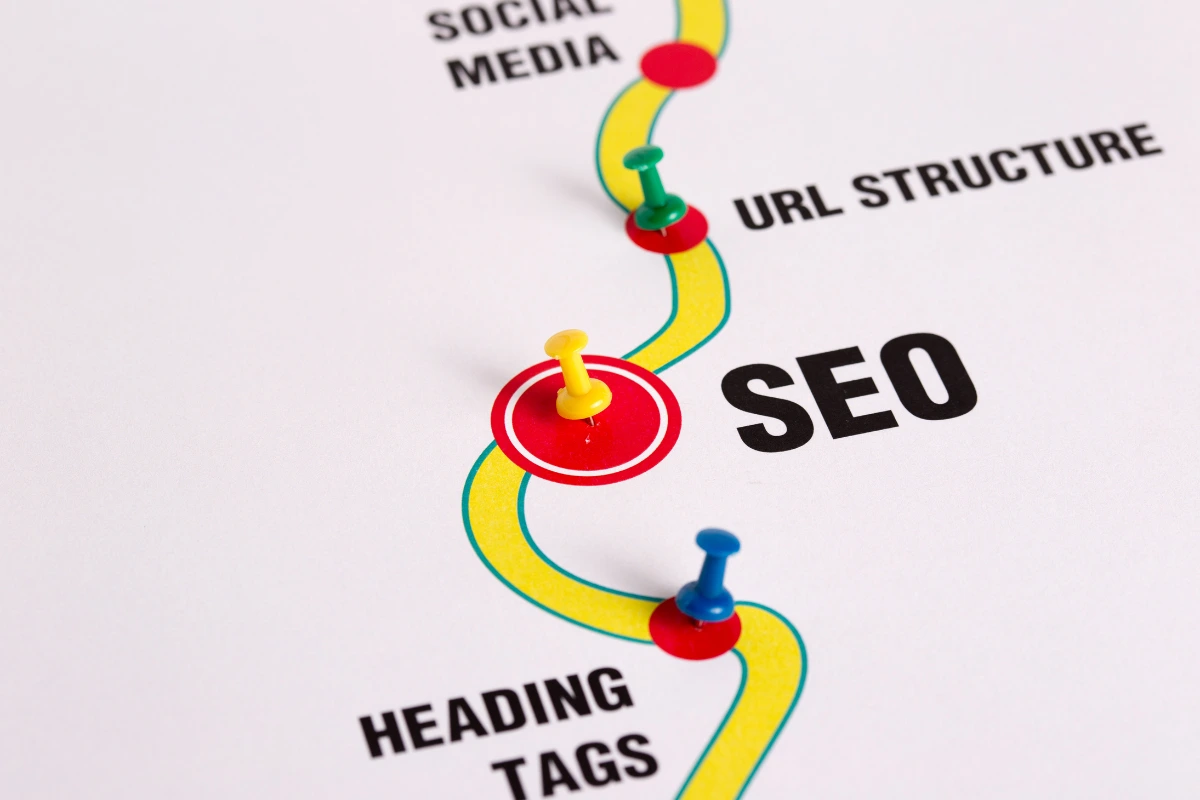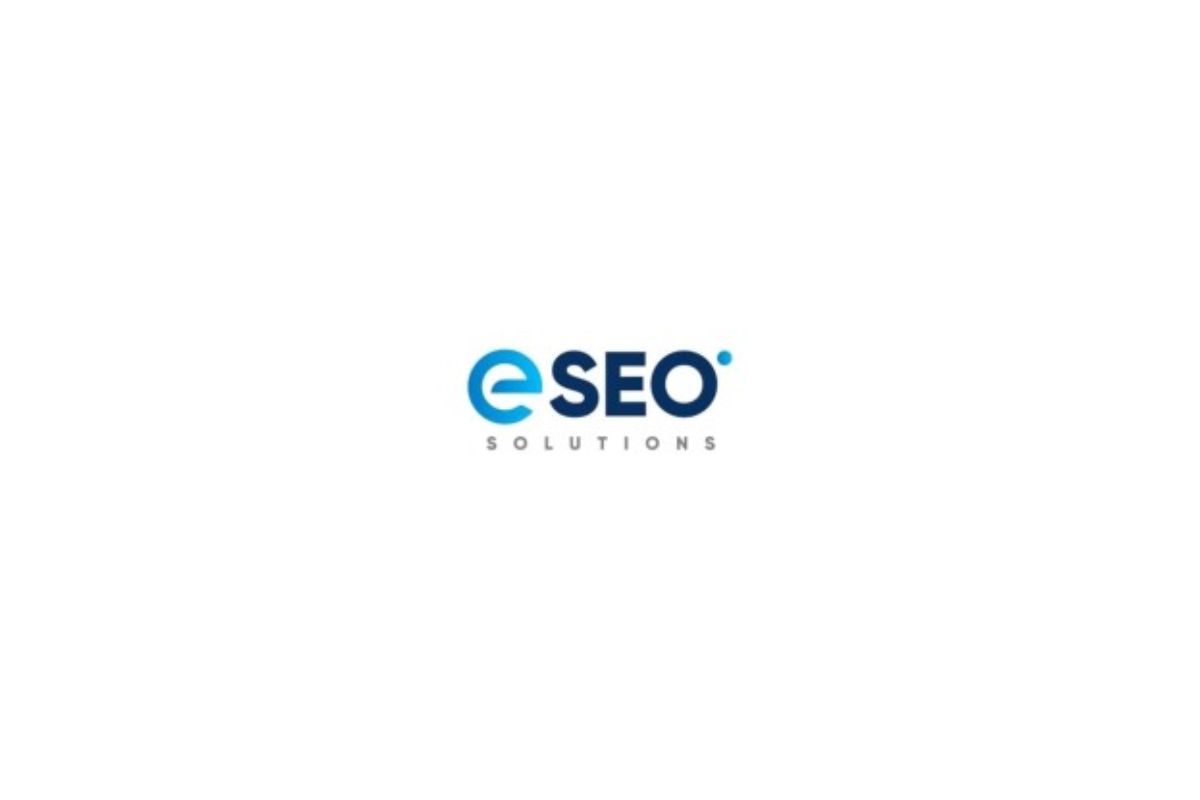SEO Vs SEM: What’s The Difference?
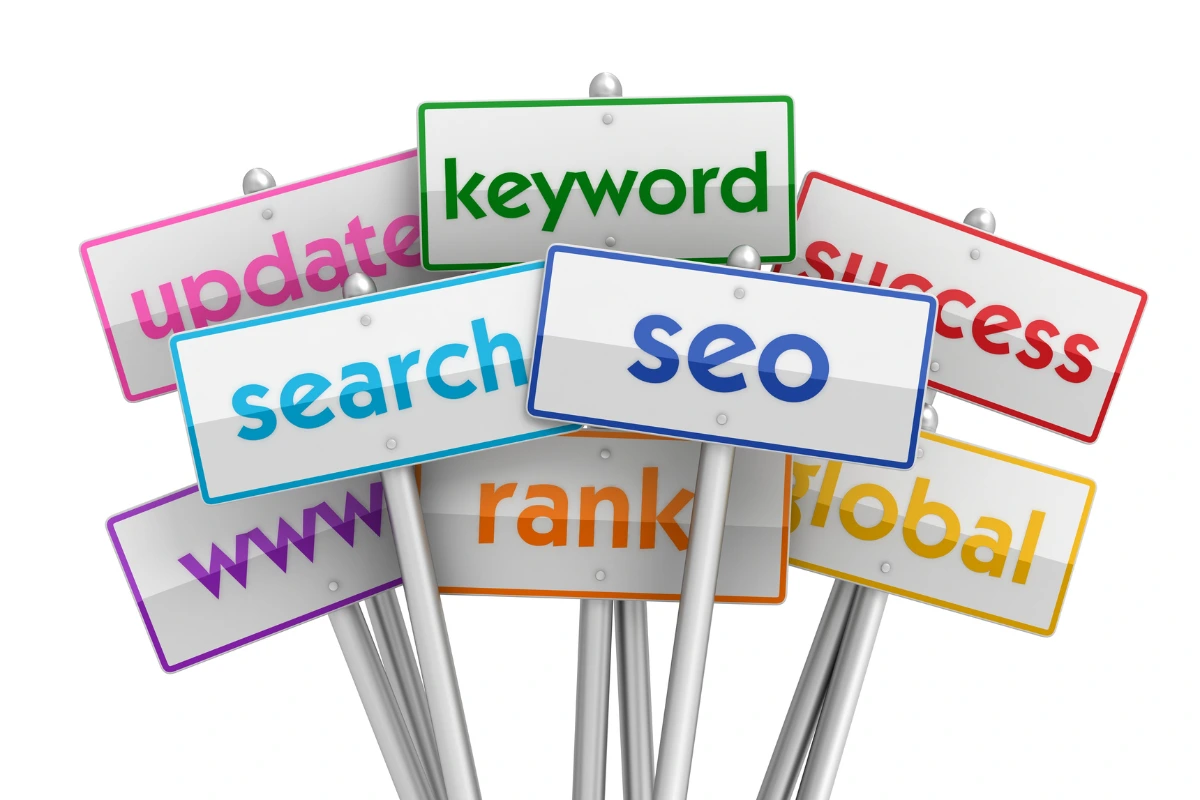
Businesses strive to gain visibility on search engines to attract more visitors and potential customers. Two of the most common strategies used to increase online presence are SEO (Search Engine Optimisation) and SEM (Search Engine Marketing). Though these terms are often used interchangeably, they are fundamentally different approaches with distinct purposes, benefits, and methods.
This article explains what SEO and SEM mean, highlights their differences, and helps you understand when to use each to grow your online business effectively.
What is SEO?
Search Engine Optimisation (SEO) refers to the process of improving a website’s organic (non-paid) visibility on search engine results pages (SERPs). The goal of SEO is to make your website rank higher naturally for relevant search queries without paying for ads.
How Does SEO Work?
SEO involves optimising various on-site and off-site factors to make your website more attractive to search engines like Google, Bing, and Yahoo. Some key SEO activities include:
- Keyword Research: Finding and targeting keywords that potential customers use to search for your products or services.
- On-Page Optimisation: Optimising content, titles, meta descriptions, URLs, images, and internal links to make the page relevant and user-friendly.
- Technical SEO: Ensuring that your website loads quickly, is mobile-friendly, has a clean site architecture, and is easy for search engine bots to crawl.
- Content Creation: Publishing high-quality, useful, and original content regularly that meets user intent.
- Backlink Building: Acquiring links from reputable websites to increase your site’s authority and trustworthiness.
Benefits of SEO
- Cost-Effective: Since SEO targets organic traffic, you do not pay for each visitor like you do with ads.
- Long-Term Results: SEO efforts build over time, leading to sustainable rankings and traffic.
- Higher Credibility: Users tend to trust organic results more than paid ads.
- Better User Experience: SEO practices often improve website usability and engagement.
What is SEM?
Search Engine Marketing (SEM) is a broader strategy that includes both organic SEO and paid search advertising. However, in common usage, SEM mostly refers to paid search marketing, such as Pay-Per-Click (PPC) advertising on platforms like Google Ads and Bing Ads.
How Does SEM Work?
SEM involves bidding on keywords to display your ads in search engine results or partner websites. When a user clicks on your ad, you pay the search engine a certain amount (cost per click or CPC). The key components of SEM include:
- Keyword Bidding: Choosing keywords relevant to your business and bidding on them to appear on top or side of search results.
- Ad Creation: Writing compelling ad copies that attract clicks.
- Landing Page Optimisation: Ensuring the page where users land is relevant and encourages conversions.
- Campaign Management: Monitoring, analysing, and tweaking campaigns to improve performance and ROI.
Benefits of SEM
- Immediate Results: Ads can start driving traffic as soon as campaigns go live.
- Targeted Reach: Ads can be targeted based on location, device, demographics, time, and more.
- Measurable ROI: You can track clicks, conversions, and cost-effectiveness precisely.
- Flexible Budget: You control how much you spend daily or monthly.
- Brand Awareness: Even if users don’t click, ads can boost brand visibility.
SEO Vs SEM: Key Differences
| Aspect | SEO | SEM |
|---|---|---|
| Definition | Organic optimisation to improve ranking on SERPs | Paid search marketing through ads to appear on SERPs |
| Cost | Free (except for resources spent on content and optimisation) | Paid – you pay for every click or impression |
| Time to Results | Takes months to show significant results | Immediate visibility and traffic upon campaign launch |
| Sustainability | Long-lasting with continuous effort | Temporary, only lasts while you pay for ads |
| Traffic Source | Organic/unpaid | Paid ads |
| Click-Through Rate (CTR) | Usually higher for organic listings due to trust | Can be lower, but varies by ad quality and placement |
| Control | Less control over rankings; depends on algorithms | High control over ads, targeting, and budget |
| Measurement | Harder to measure exact ROI, but tools like Google Analytics help | Precise measurement of cost, clicks, conversions, ROI |
| User Trust | Higher, as organic results are perceived more credible | Lower, ads are often skipped or ignored by some users |
| Skillset Required | SEO expertise, content creation, technical knowledge | PPC campaign management, ad copywriting, bidding strategy |
When to Choose SEO?
SEO is the backbone of any long-term digital marketing strategy. Here are some scenarios where SEO is most beneficial:
- If you want sustainable and long-term online presence without continuous ad spend.
- When your budget is limited but you can invest time and effort.
- If your business targets informational or broad keyword searches where organic content can rank.
- When you want to build brand authority and credibility in your niche.
- If your product or service benefits from educating customers through blogs, guides, and FAQs.
When to Choose SEM?
SEM works best when you need quick visibility and immediate traffic. It is a perfect complement to SEO, especially in these cases:
- You want to launch a new product or service and need instant attention.
- You need to boost sales during festivals, offers, or short-term campaigns.
- When you want to target specific locations, demographics, or devices quickly.
- You want to test keyword profitability before investing in SEO.
- For businesses operating in competitive niches where organic ranking is difficult.
- To retarget users who visited your site but did not convert.
SEO and SEM: Working Together for Success
The best digital marketing strategies often combine both SEO and SEM to leverage their strengths.
- Use SEO to build your website’s authority and attract organic traffic over time.
- Use SEM to drive immediate traffic, test new keywords, and promote time-sensitive offers.
- Insights from SEM campaigns (such as high-converting keywords) can inform your SEO strategy.
- SEO helps reduce your overall cost of acquisition by bringing in organic visitors.
- SEM helps fill in the gaps and capture additional leads when organic traffic is low.
Common Misconceptions About SEO and SEM
1. SEO is Free, So It Does Not Require Investment
Though you don’t pay for clicks, effective SEO requires investment in quality content, website design, tools, and expert resources. It demands ongoing effort and patience.
2. SEM is Just About Buying Ads
SEM is more than ads. It includes keyword research, ad copy testing, conversion tracking, and campaign optimisation. Poorly managed SEM campaigns can waste money.
3. SEO is Slow and Ineffective Compared to SEM
SEO is not a quick fix but delivers sustainable results. Also, with good SEO, you can achieve higher trust and better user engagement, which leads to improved business outcomes.
4. SEM Replaces the Need for SEO
Paid ads are powerful but costly if used alone. SEO builds the foundation for organic growth and brand visibility, reducing dependency on ads.
How to Measure SEO and SEM Success?
SEO Metrics to Track
- Organic Traffic: Number of visitors from search engines.
- Keyword Rankings: Position of your target keywords in SERPs.
- Bounce Rate: Percentage of visitors leaving without interacting.
- Time on Site: Engagement duration.
- Conversion Rate: Percentage of visitors completing desired actions.
- Backlinks: Number and quality of sites linking to you.
SEM Metrics to Track
- Click-Through Rate (CTR): Percentage of ad impressions resulting in clicks.
- Cost Per Click (CPC): Average amount paid per click.
- Quality Score: Google’s rating of your ads and landing pages.
- Conversion Rate: How many clicks lead to desired actions.
- Return on Ad Spend (ROAS): Revenue generated compared to ad spend.
- Impression Share: Percentage of times your ads appear compared to total opportunities.
Conclusion
Understanding the difference between SEO and SEM is vital for any business aiming to succeed online. While SEO focuses on organic growth through optimising your website and content, SEM leverages paid advertising to gain instant visibility and targeted traffic.
Both have their own advantages and can complement each other beautifully. Depending on your budget, business goals, and timeframe, you may choose one or integrate both for the best results.
In India’s rapidly growing digital economy, mastering both SEO and SEM strategies can provide your business a competitive edge, increased brand awareness, and ultimately higher sales.
Calling all Marketers!
🔴 Are you tired of searching for the perfect job?
Whether you're into content writing, SEO, social media, graphic design, or video editing—full-time, freelance, remote, or onsite—we've got your back!
👉 We post over 30 job opportunities every single day. Yes, every day (all verified).
Join the most reliable and fastest-growing community out there! ❤️
And guess what? It’s FREE 🤑
✅ Join our WhatsApp Group (Click Here) and Telegram Channel (Click Here) today for instant updates.


